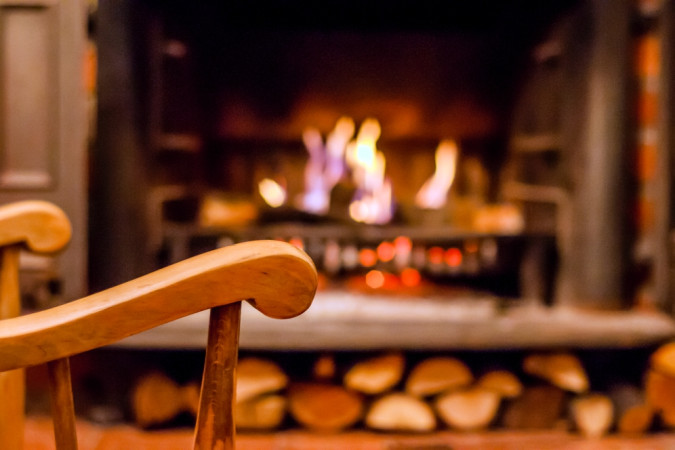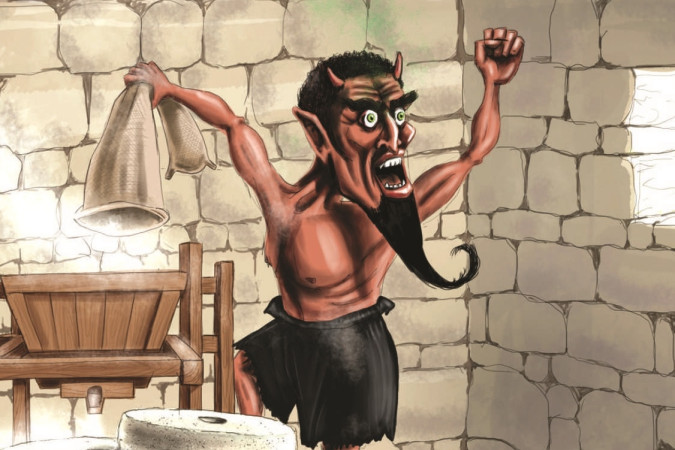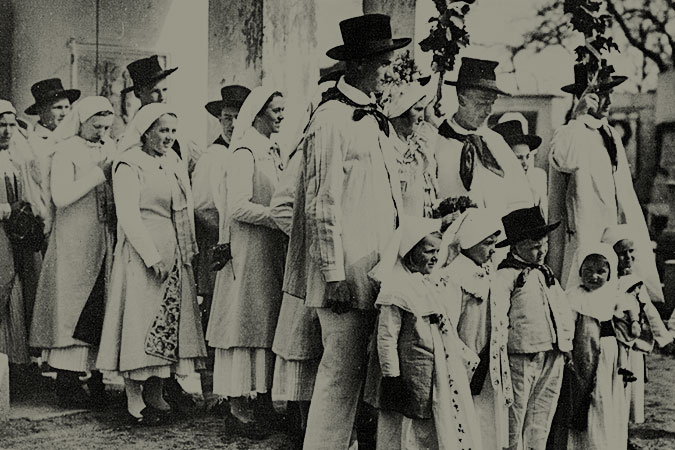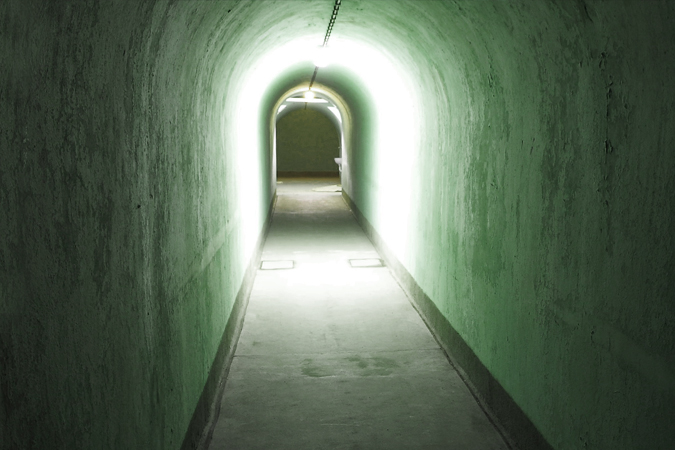Spaha Archaeological Site above Brezovica by Predgrad
Kočevsko holds many attractions well beyond the mysterious forest. Take the first archaeological trail in Kočevsko and discover the traces of life that was present in this area as early as 4500 BC.
In the second half of the 1970s, a team from the Kočevje Regional Museum led by the Museum’s first archaeologist and curator, Margareta Ana Hirschbäck-Merhar, also known as Greta, began planned archaeological topographic work in the Museum’s work area. During a topographic inspection of the Spaha plateau in the spring of 1979, she discovered the remains of a small tower. The archaeological excavations that followed lasted continuously until 1984. The research revealed a settlement in four archaeological periods and traces of human activity in a historical period. The material was then stored in the Museum where it waited for many years for scientific and museological processing or presentation. A more detailed study of the finds was started in 2006 by Dr. Anton Velušček and his colleagues from the Institute of Archaeology from the Research Centre of the Slovenian Academy of Sciences and Arts.
In 2013, the Spaha above Brezovica Archeological Site project was carried out within the framework of the Leader Programme. The first archaeological hiking trail in Kočevsko was created and the location of the site was presented.
The Unknown Spaha Hiking Trail runs from Videm near Brezovica, past the abandoned Gottscheer village Prerigelj to the location of the archaeological site at the top of Spaha (834m a.s.l.) The trail is about 3,500 meters long and runs mostly along a forest road and in part also along forest land. There are ten bilingual information panels along the way that present the natural features of Kočevska, with a special mention of the village of Prerigelj, sacral heritage and Turkish invasions, though most of the attention is dedicated to archaeology.
The prehistoric inhabitants of Spaha preferred the top because it apparently offered them a sense of security and a vantage point from which they could keep watch over the age-old routes, and there is, even today, a spring of water that used to be drinkable nearby, as well as other natural resources such as deposits of rock suitable for making querns or manual mills. As for copper or copper ore, which is probably why they kept returning to Spaha in the Neolithic and Eneolithic, they definitely did not find any in the vicinity. Archaeological activity at the site ceased in a historical period, probably in the 16th century, when a beacon was probably built at the upper settlement plateau during the period of the Turkish invasions. The inhabited settlement of Prerigelj or Prerigel (Preariegl in Gottscheerish, Preriegel in German) was located nearly 150 vertical meters lower during that time. The Kočevje land registry refers to the settlement as Prelibel. The name supposedly originates from “prelipa”, meaning “at the linden tree” – at Knežja Lipa, since it was supposedly first settled by Slovenian and then the German people during colonization. During World War II, the village was abandoned and then demolished and burned to the ground.
The trail is marked with round white marks featuring an orange depiction of a reconstructed ladle with a socketed handle from the period between 4750 and 4500 BC. Summer-time is perfect for exploring Kočevska in more detail. Dr Anton Velušček, the author of the Unknown Spaha Hiking Trail and a leading Slovenian archaeologist, said this about Spaha: “Archaeological sources undoubtedly indicate that people first lived at Spaha more than 2,000 years before the construction of the Great Pyramids of Egypt.” I would just like to add that while we have all heard of the pyramids, nobody knows about the finds discovered at Spaha and other archaeological sites in Kočevsko. Even though you will not see them when you visit, you can still enjoy the view and the tranquillity of the forests. You can set off on the trail when the weather is right, wearing proper shoes and clothing, and do not forget to bring a snack.




